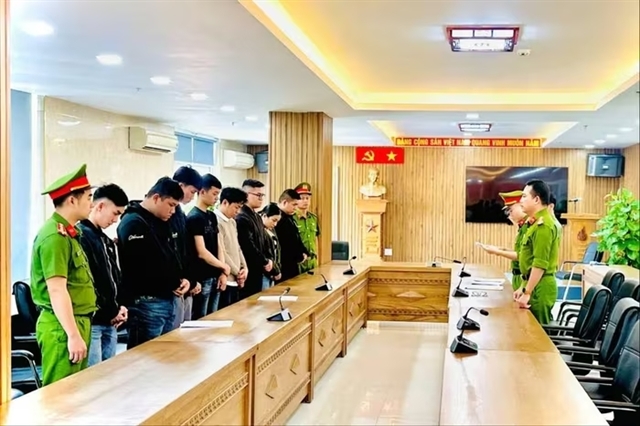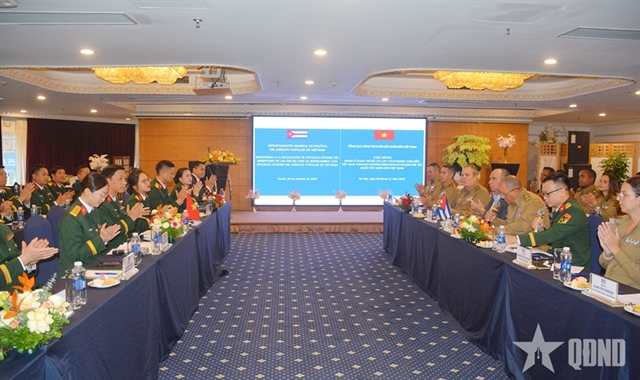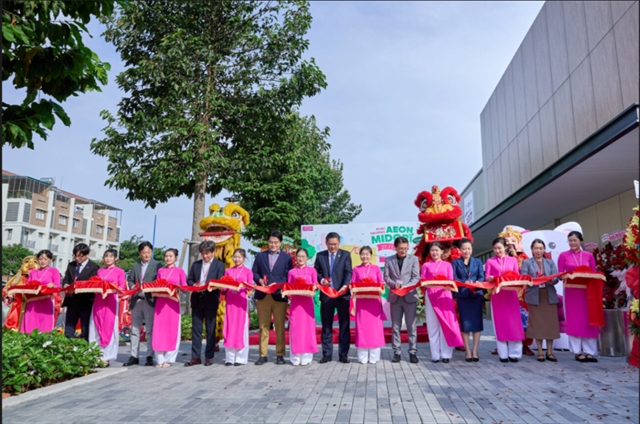 Economy
Economy
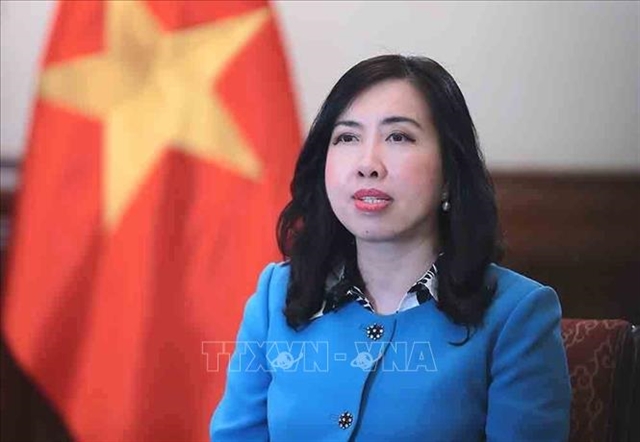
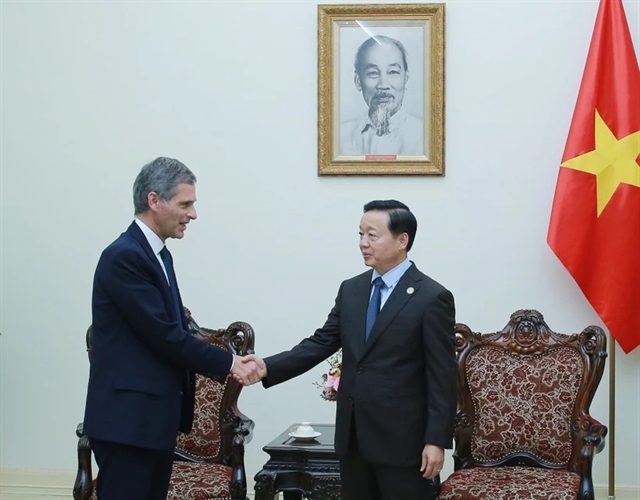 |
| Deputy Prime Minister Trần Hồng Hà hosts a reception for Rodolphe Saadé, Chairman and CEO of the CMA-CGM Group, May 27 — VNA/VNS Photo |
HÀ NỘI — Deputy Prime Minister Trần Hồng Hà has expressed his hope that the CMA-CGM Group will invest in projects developing green and smart seaports with infrastructure capable of supporting the transition to green fuels and renewable energy.
He encouraged the group to tap into the potential of inland waterway transport, closely linked with innovation and technology transfer during his meeting on May 27 with Rodolphe Saadé, Chairman and CEO of the CMA-CGM Group, a leading French shipping and logistics corporation.
The Deputy PM affirmed that Việt Nam always attaches great importance to, and is committed to further strengthening, the Việt Nam–France Comprehensive Strategic Partnership in general, and cooperation between Việt Nam and the CMA-CGM Group in particular.
Appreciating the Group’s operations in Việt Nam in recent years, he noted that Southeast Asia and Asia as a whole are becoming dynamic manufacturing hubs, leading to a growing demand for cargo transport. In that context, CMA-CGM’s investments in Việt Nam’s seaport infrastructure align with the country’s maritime economic development strategy, which requires modern port infrastructure as a core condition.
Việt Nam has developed a national master plan for its seaport system with the ambition to establish shipbuilding centres, green ports, and a fleet capable of regional reach. Several ports, such as Cái Mép – Thị Vải, Cần Giờ, and Cà Mau, have been designated as international transshipment hubs to leverage Việt Nam’s favourable geographical location for connection with global shipping routes. Many newly established or recently operational deepwater ports in central Việt Nam still hold substantial potential and require effective development planning.
Investing in green and smart seaports will create new competitive advantages for port and logistics enterprises like CMA-CGM, particularly as global regulations on CO2 emissions and carbon taxes become increasingly stringent, Hà noted.
He reaffirmed Việt Nam’s commitment to maintaining an open, attractive, and equitable investment environment for all enterprises, especially those with international experience, capacity, and reputation in the seaport and logistics sectors.
Regarding CMA-CGM’s electric barge project, the Deputy PM emphasised the Government’s priority to encourage enterprises to develop integrated value chains, from research, technology transfer, and supporting industries to the production of equipment and vehicles for logistics and maritime transport infrastructure, thereby creating sustainable value and long-term benefits for both businesses and the national economy.
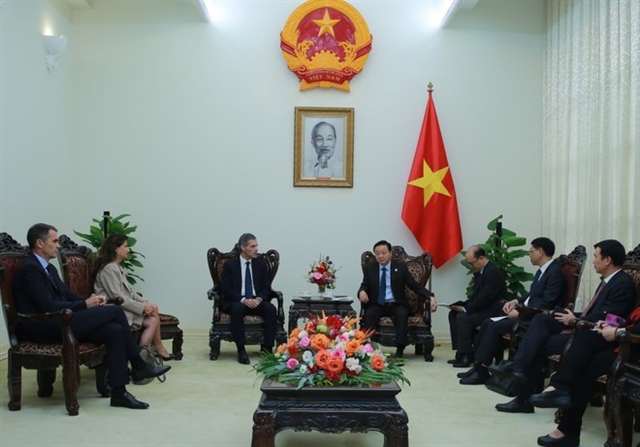 |
| Deputy Prime Minister Trần Hồng Hà meets with Rodolphe Saadé, Chairman and CEO of the CMA-CGM Group, a leading French shipping and logistics corporation. — VNA/VNS Photo |
Saadé, for his part, expressed his strong impression of Việt Nam’s socio-economic development and outlined some key outcomes of the Group’s cooperation in the transport and logistics sectors over its 30-year presence in the country.
He also expressed his hope that the Vietnamese Government will continue to create favourable conditions for foreign enterprises, including CMA-CGM, to expand their footprint and contribute to local socio-economic development. He said CMA-CGM wishes to support Việt Nam’s maritime services in expanding globally, while also leveraging the country’s export advantages to reach markets across Asia and beyond.
Present in 160 countries with nearly 300 shipping routes, CMA-CGM is promoting the implementation of its electric barge project, initially along Việt Nam’s inland waterways, to maximise the efficiency of multimodal transport, including sea, inland waterway, road, and rail networks. — VNS


